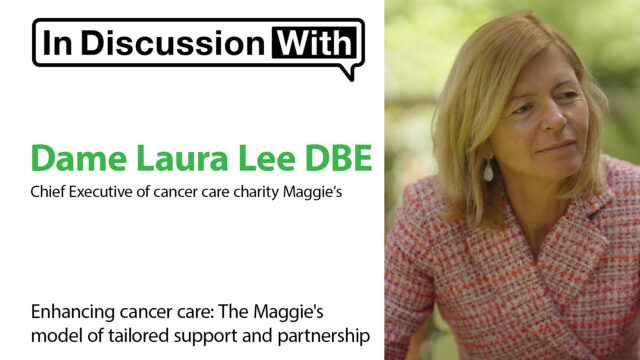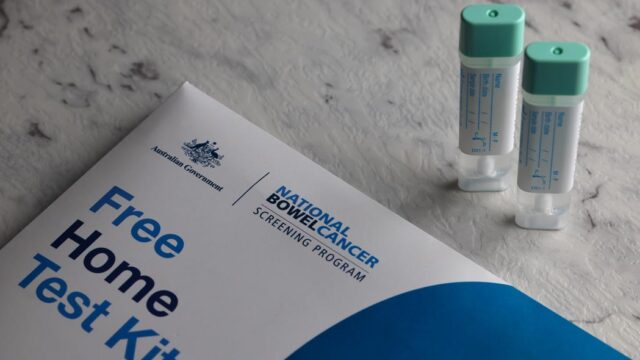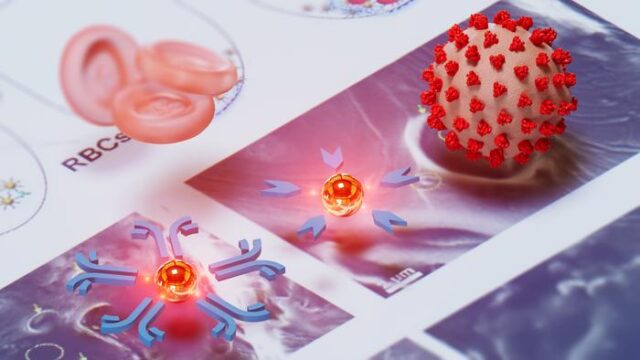Advertisment
Why does heart failure matter?

A recent publication described the holistic approach to drug therapy in a patient with heart failure – an area where treatment has changed considerably over the past 30 years. IMI spoke to the lead author, Paul Forsyth, Lead Pharmacist, Clinical Cardiology at NHS Greater Glasgow and Clyde to find out more.
Mr Forsyth has worked predominantly with heart failure patients for the past 18 years. He has a small team of pharmacists that run outpatient clinics both in the hospital and in primary care for patients with heart failure or with left ventricular systolic dysfunction (LVSD). “LVSD is one of the structural diseases that can lead to heart failure after a heart attack”, he explains. He and his team routinely deal with patients after hospital admission following them up to optimise their medical therapy, booking other tests when required and trying to get treatment plans optimised as quickly as possible. “Heart failure really has been my bread and butter – what I’ve lived and breathed for the best part of 20 years”, he says.
“Heart failure is interesting because most people incorrectly think it’s a disease and it’s not actually a disease at all – it’s a clinical syndrome …… a collection of signs and symptoms”, says Mr Forsyth. These include breathlessness, fluid overload and fatigue and the syndrome can be brought on by a number of different functional or structural problems in the heart. LVSD is a common precipitating factor. “This is where the main pumping chamber of the heart, which is the left ventricle, isn’t pumping properly and that decreases cardiac output and that leads to the syndrome of heart failure. The most dominant version in the UK is left-sided, systolic heart failure, which is the LVSD variety, but that’s probably only in about 50-60 percent of patients; 40-50 percent of patients have another form of heart failure”, he explains.
Shared decision-making
The American Heart Association describes shared decision making in HF as ‘the process through which clinicians and patients share information with each other and work towards decisions about treatment chosen from medically reasonable options that are aligned with the patients’ values, goals, and preferences’.1 “It’s an easy thing to write on paper – it’s quite a hard thing to do in practice”, says Mr Forsyth.
It is important that patients understand their disease and its associated risks and also the risks and benefits of the available treatments. They also need to understand which aspects of the disease are affected by each of the treatments. In addition to educating the patient on these points, “it’s then more important to find out what matters to the patient themselves”, he emphasises. “So, I might say …. “I can offer you a treatment and that treatment might make you live longer” – and you’ll be surprised to know that perhaps that might not be the thing that’s mainly on people’s minds. Maybe their symptoms are more important than the length of their lives; maybe, in some patients, the quality of their life might be more important than the length of their life; in some patients it might be the opposite [and] some patients …… might be happy just to take the risk of the disease untreated”, he explains.
These types of discussions can only take place in the context of a good, clinician-patient relationship. “This is quite a hard relationship ….. to build with a patient; it’s probably something that’s very hard to do in one appointment …….. Shared decision making is actually often done best by somebody that’s got a pre-existing relationship with the patient”, says Mr Forsyth. This can be difficult for cardiac teams that may only have had brief contacts with a patient. Sometimes primary care staff such as General Practitioners, practice nurses and community pharmacists are better placed for such discussions and a team approach my work best in the end, he acknowledges.
“At the end of the day, if the patient wants the treatment, they want it; if they don’t want it, they don’t want it. It is the patient’s choice to either accept or refuse a treatment, but we have to try and help them understand the pros and the cons before we help them make that decision, so this is hard. It’s an easy thing to write on paper – it’s quite a hard thing to do in practice”, he concludes.
References
- Cited by Forsyth P, Beezer J, Bateman J. Holistic approach to drug therapy in a patient with heart failure Heart Published Online First: 10 March 2023. doi: 10.1136/heartjnl-2022-321764
Read and watch the full series on our website or on YouTube.









